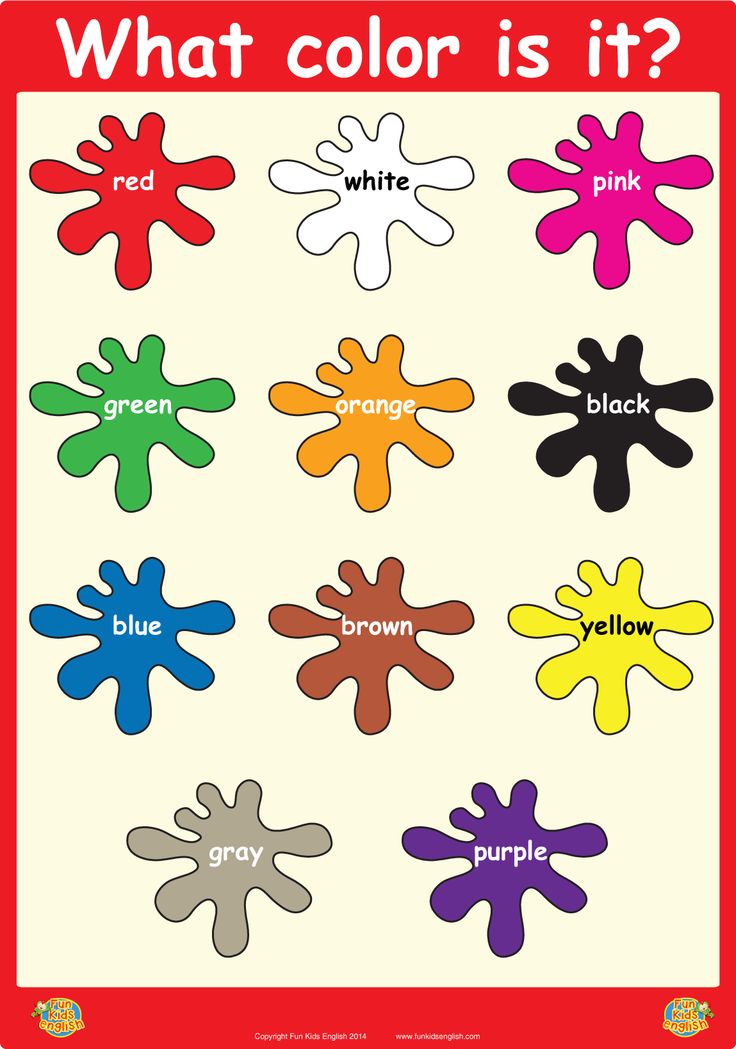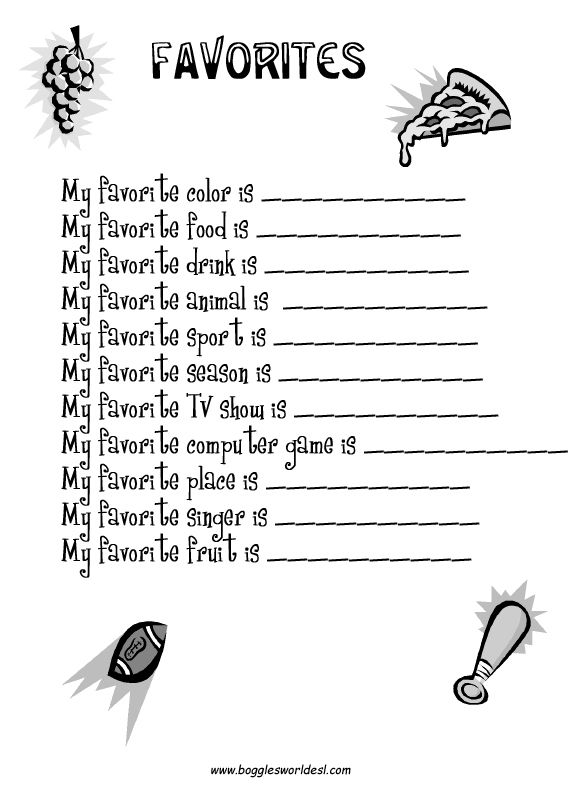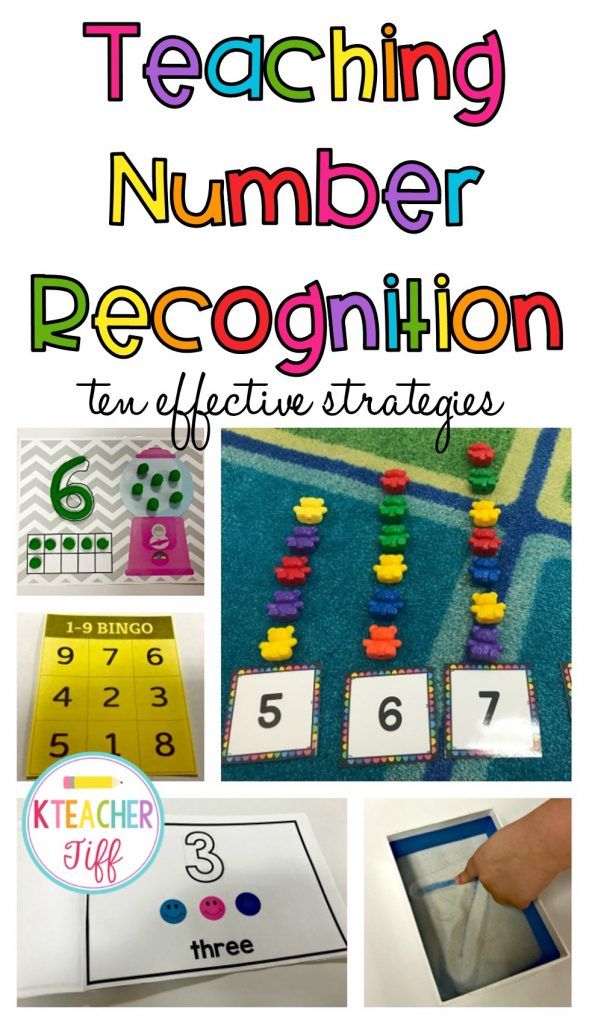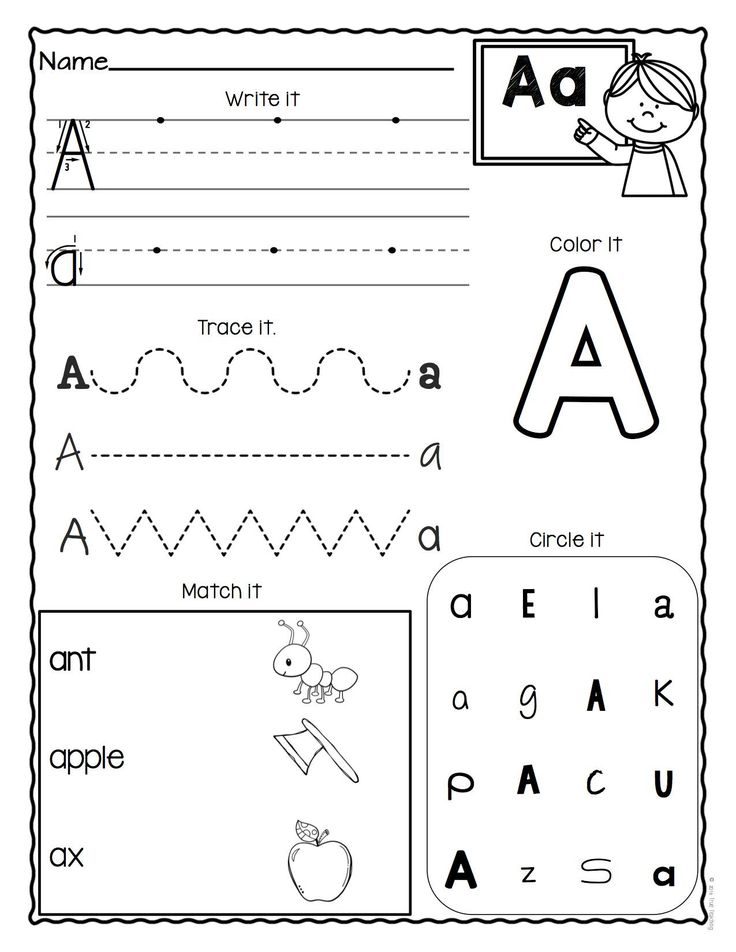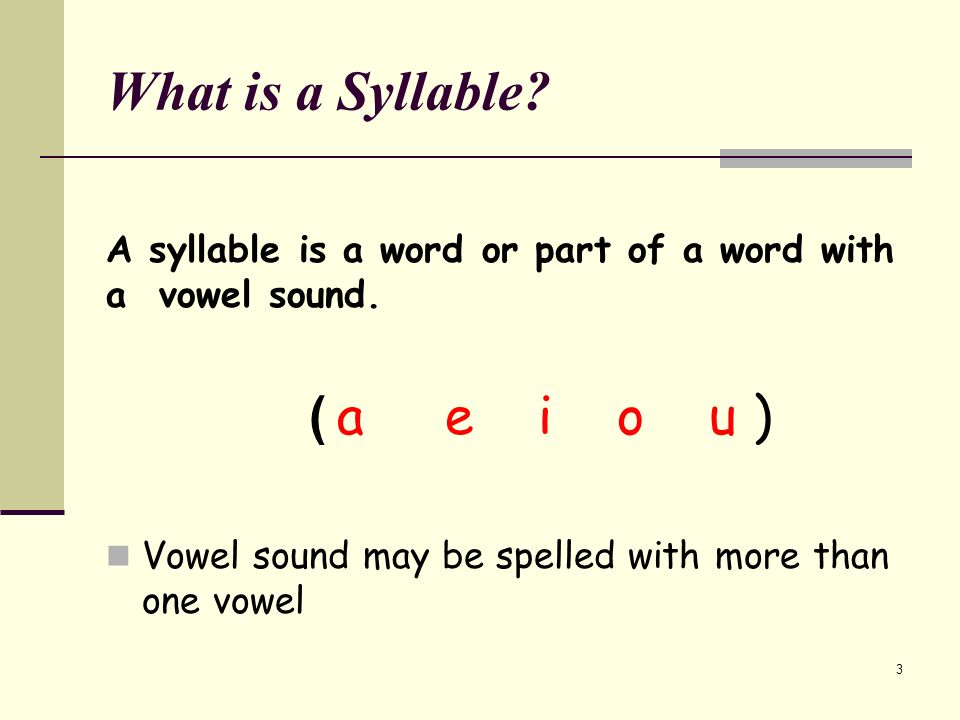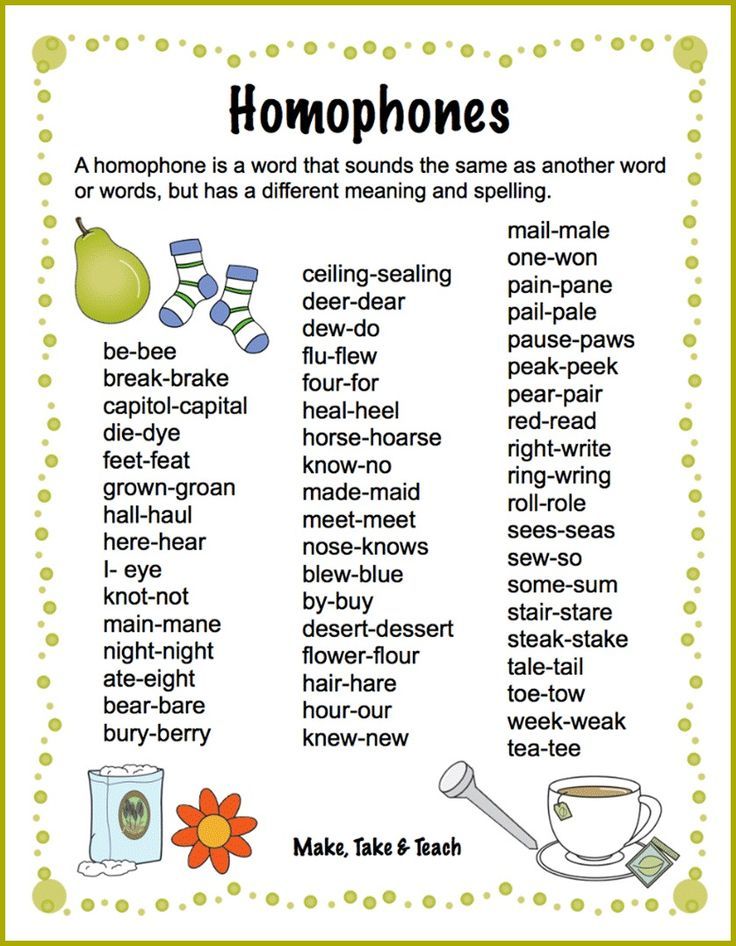Different colors for kids
How To Help Your Young Child Learn Colors
What are some fun ways to teach colors for kids? If this is a question you’ve been asking yourself, you’ve come to the right place.
As a toddler or preschooler, your child has definitely noticed all the different hues in the world around them, but now it’s time to help them make sense of it all.
Fortunately, teaching your child colors doesn’t have to be an overwhelming task. As you will see below, this can be a fun and engaging learning experience for both you and your child.
With a bit of planning and creativity, your young learner will soon know all the colors of the rainbow and so much more!
Table of Contents
- Why Is Learning Colors For Kids Important?
- Tips To Keep In Mind
- 10 Simple Activities To Teach Colors For Kids
- Make Every Day A Colorful Day
Why Is Learning Colors For Kids Important?
Our world is made up of different shapes and colors. Cars, houses, flowers, trees, buses, fruits, tall city buildings…everything has its own unique visual characteristics.
Before they were even a year old, your child noticed these things, too, but of course, none of it made sense. Now that they are older, it’s time to start piecing together all the information from their environment.
Teaching your child colors will help them make sense of the world around them. But did you know that understanding colors can also impact language skills and overall learning?
It’s true! As your child begins to understand that words represent objects, they’ll also realize that some words can describe certain features of those objects.
For example, blue can describe the sky, a blueberry, and a blue crayon. As your child starts to use color words to describe the things around them, they are also building their vocabulary and becoming better communicators.
But language isn’t the only academic skill built through lessons on colors for kids. Perhaps the most surprising of all is how learning colors can help introduce children to basic math skills. How?
Remember that every time you introduce your young learner to a new color, their brain actively works to process the information.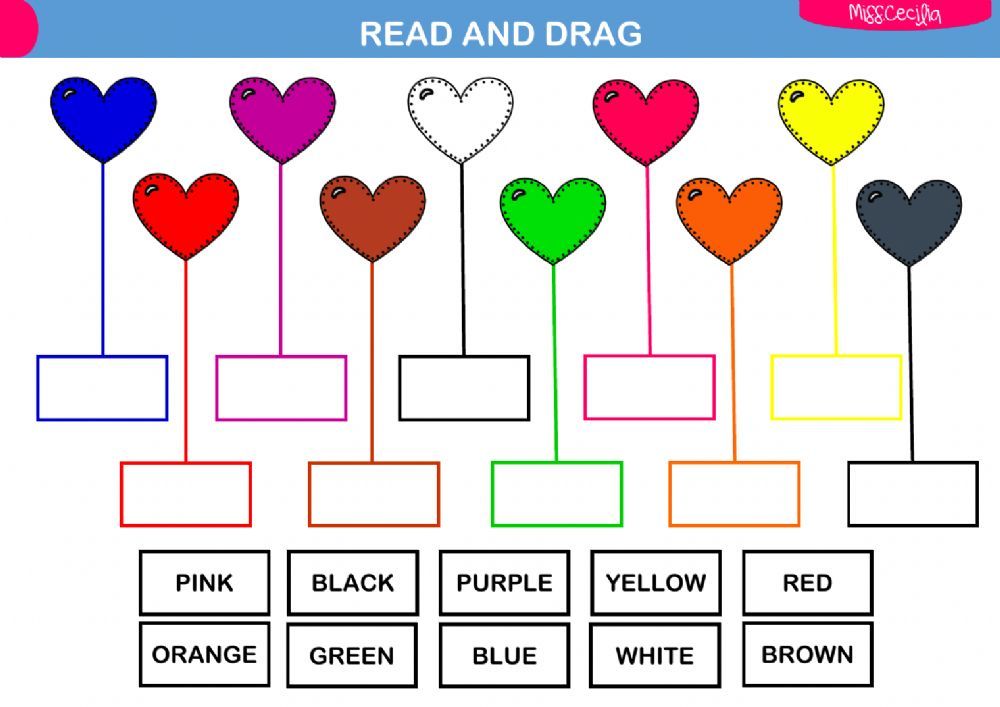 A lot of organizing, categorizing, and comparison takes place when sorting different colors and shapes.
A lot of organizing, categorizing, and comparison takes place when sorting different colors and shapes.
Examining something and identifying attributes, such as color, is an essential skill for math. So, in the future, when they’re trying to tell if a shape is an octagon or a hexagon, they’ll use the same visual discrimination skills they learned when learning colors.
(Note: If your child seems to have trouble distinguishing colors, they may be color blind. Contrary to popular belief, that doesn’t necessarily mean they don’t see colors at all, but it can make school more difficult for them down the road [i.e., reading off a chalkboard].
If you suspect your child may be color blind, ask your child’s pediatrician or eye doctor about getting them tested.)
Now that you’re clear on all the incredible benefits of teaching colors for kids, you probably want to start helping your child master them!
Before we get started on that, here are some basic tips to keep in mind when practicing colors with your child.
Tips To Keep In Mind
It can be challenging to teach colors to a toddler simply because there are so many contrasting colors constantly around us.
Adding to that challenge is the fact that many different shades of one color exist. For example, there are several reds (think: maroon, crimson, scarlet, etc.), but they are all called “red.” This can be tricky for children learning colors.
Have no fear! We’re here to help. The following are some basic tips to keep in mind as you help your young learner understand colors.
1) Start With The Basics
Think about how we can quickly calculate our change after buying something at a store or spell a new word correctly after hearing it for the first time. This is possible because we understand the basics of math and the English language.
The same approach needs to be applied when teaching colors for kids. It’s best to start with the primary colors (red, blue, and yellow), and once your child gets comfortable with these, move on to other hues.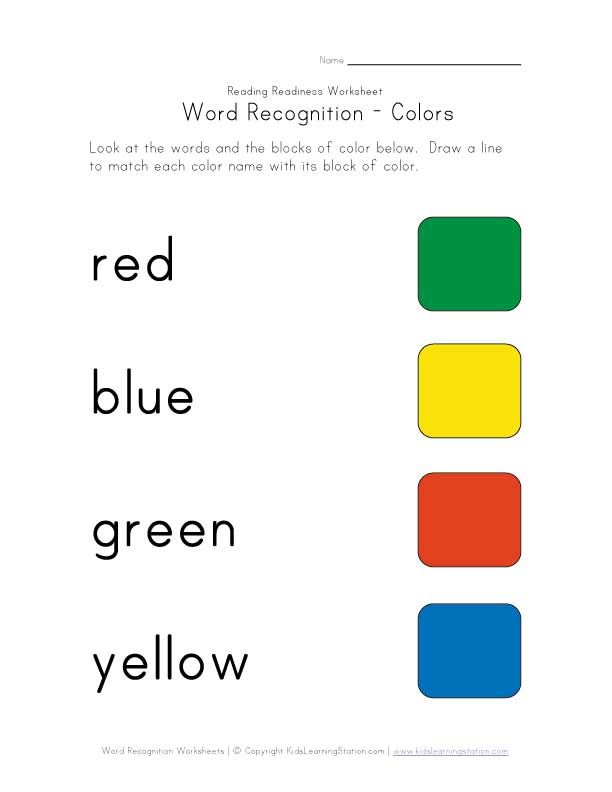
If you’re still in the primary colors stage, what simple efforts can you take to help emphasize these colors in your everyday life?
Here are a few examples:
- When you’re having dinner — “Do you want to use this blue plate?”
- When you’re taking the dog for a walk — “Look at that yellow car.”
- When it’s time to play — Hand them only red, blue, and yellow objects. If they have building blocks, ask them to sort only the red, blue, and yellow blocks.
Once your child is familiar with their primary colors, you can move on to other basic colors, such as green, orange, purple, black, white, brown, and gray.
A great way to help children learn about colors is by interacting with them. We love this sensory game that lets kids practice naming colors and discover what happens when you combine them.
2) Choose Contrasting Colors For Kids
As we mentioned earlier, there are so many different colors in this world that sometimes children can find it challenging to tell them apart.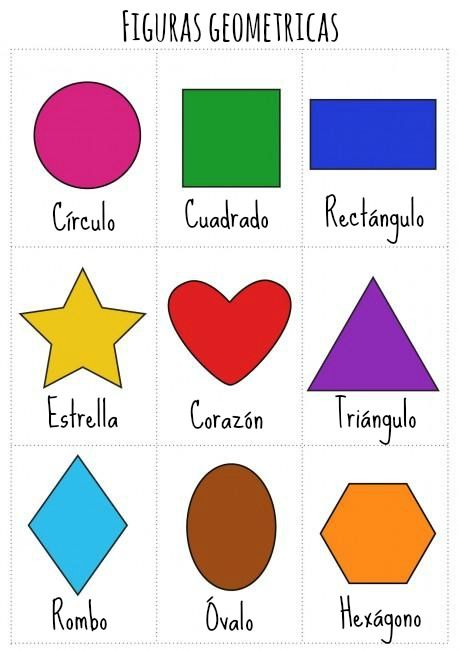 It’s even more difficult when the colors are similar (e.g., red, maroon, orange, etc.).
It’s even more difficult when the colors are similar (e.g., red, maroon, orange, etc.).
For this reason, it’s best to first focus on the hues that are clearly distinguishable before introducing similar colors.
3) Help Them See Color Categories
Once you’re confident that your child knows their basic colors, you can start introducing similar colors (olive green, forest green, etc.). Most of these can be found in the world around you.
As explained, similar shades can be challenging to learn, so in the beginning, the focus shouldn’t be on having them learn all the different terms but, rather, exposing them to the idea of categories.
To help your child recognize the differences between shades, point out an object and name its color. Then, ask them to find other things that are the same color. For example, you could say, “This is a blue sock. Can you find me anything else that’s blue?”
When they find another blue object, talk about what you notice. For example, is the blue the same on both things, or are there differences? Is one lighter or darker than the other? Do either look like a brighter blue?
These simple conversations can help your child as they begin expanding their definition of the color blue.
4) Point Out The Connection Between Colors And Feelings
In English, colors aren’t only used to describe how something looks. We also use color terms to express our emotions.
For example, when we say somebody is “feeling blue,” they’re sad. Similarly, if someone is “seeing red,” they’re angry.
While you don’t need to detail the emotions associated with each color at this age, you can make your child aware that feelings and colors are connected.
They can start to use colors to express themselves, a skill that helps them better understand their emotions. This ability is one of the social-emotional topics your child can practice with the Learn with Sesame Street app, powered by HOMER.
10 Simple Activities To Teach Colors For Kids
Learning about colors can be a wonderful part of playtime with your child. To help your child practice their colors, use these engaging activities.
1) Colorful Necklace
Children are often curious and enjoy exploring different colors and materials.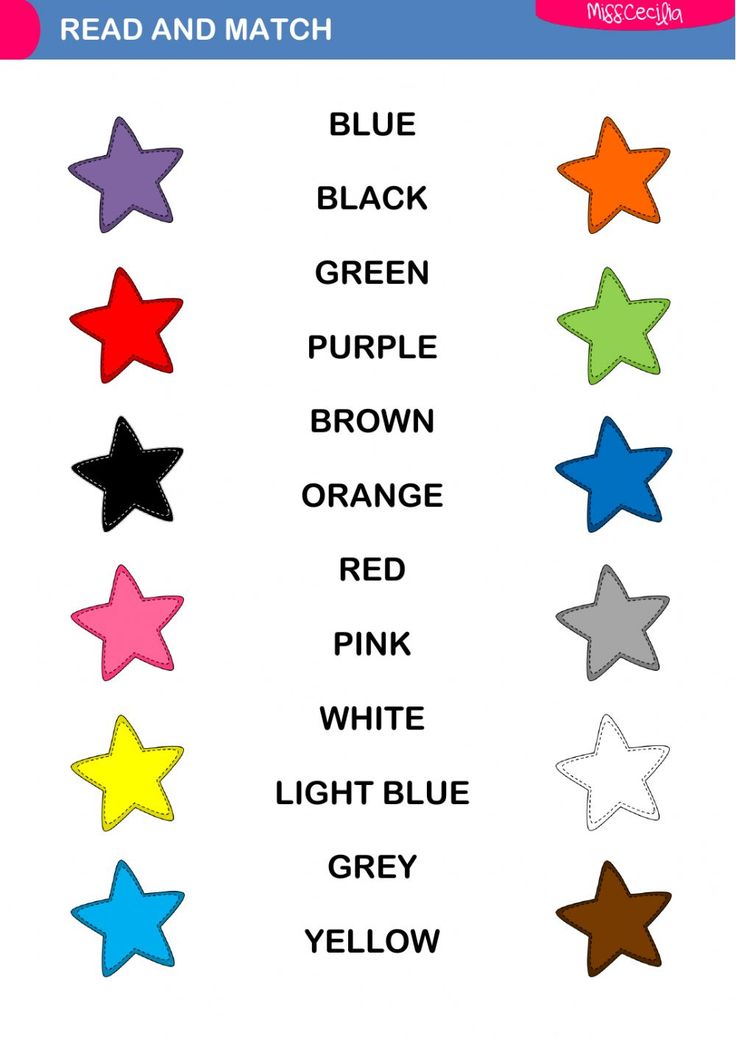 This means that when teaching them about colors, the more engaging the activity the better — like using colorful beads to create necklaces.
This means that when teaching them about colors, the more engaging the activity the better — like using colorful beads to create necklaces.
What You’ll Need:
- Colorful beads (in primary colors)
- Yarn or necklace string
What To Do:
After teaching your child the primary colors, try creating a red, blue, and yellow necklace. Tie a knot on one end of the string. Then, show your child how to string beads onto it.
This necklace can be in a pattern or not. It’s really up to you!
When creating the necklace, remember to name the colors you use and encourage your young learner to repeat them.
Note: While working with small items, it’s essential to use safe and non-toxic materials and keep an eye on your young child at all times.
2) Finger Painting
Engaging your child’s senses is one of the most effective ways to help them learn new concepts. That’s what makes finger painting so great for teaching colors!
What You’ll Need:
- Finger paint (in primary colors)
- Finger paint paper
- Newspaper
What To Do
Put a few pieces of newspaper on your table to protect it from spills.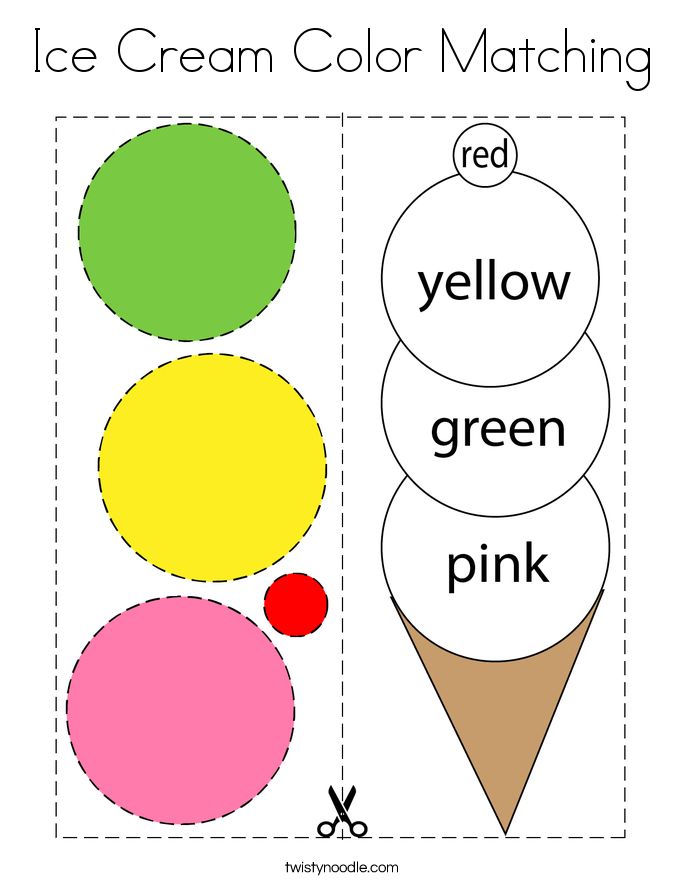 Then, place your child’s finger painting paper on top.
Then, place your child’s finger painting paper on top.
Let them go to town using their fingers to create beautiful, colorful pictures. You can use the three primary colors in finger painting and mix them up to form secondary colors (purple, green, and orange).
During the activity, speak about the colors your child is using and the colors that are formed while mixing.
Once the painting is complete, let them tell you about what they created. Encourage them to use color words while they’re describing the artwork.
3) Same Objects, Different Colors
As you teach your child different colors, they may begin associating certain colors with specific objects. For example, if you show your child a red apple, they may associate the shape of the apple with red.
It’s essential to show your child another color apple (e.g. a green one) so they understand that you’re referring to the color of the object, not the object itself. This activity helps you do just that.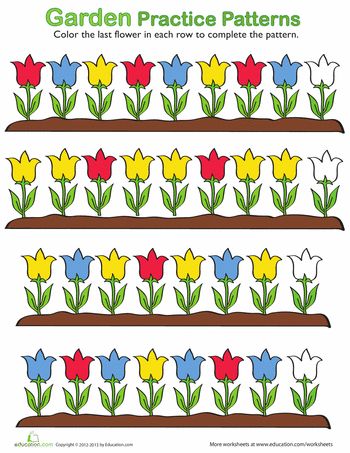
What You’ll Need:
- Two or more objects that are the same except for their color (such as apples, blocks, crayons, etc.)
What To Do:
Hand your child one of the objects and ask, “What color is this?” Once they answer, you can ask, “Are all (objects) this color?”
This will help them start thinking about colors in the world around them. If they aren’t sure, hand them the other object and ask them what it is. Reinforce that it’s the same type of thing as the first one, but it’s in a different color.
To help them further understand, sorting activities can be effective. For example, ask your child to sort the different colors of the same object (e.g., multi-color blocks).
As they get older, you can also encourage them to sort by the object, regardless of color. This will help your child continue developing skills of categorizing.
4) Read About Colors
There are lots of amazing children’s books that speak about colors. While reading to your child, be sure to point out all the colors in the book.
What You’ll Need:
- Books about colors (use your favorite or see our recommendations below)
What To Do:
Grab a book about colors and read it aloud to your child. As you go through each page, talk about the colors you see. Then, you can ask your child to point to things that are different colors. For instance, you can say, “Do you see anything orange on this page?”
This teaches your child to scan the entire picture and focus on the details. As they look for one specific color, they’re practicing their visual discrimination skills, which they’ll use throughout their lives.
Here is a list of some incredible books that will help bring fun and entertainment into learning about colors:
- Brown Bear, Brown Bear, What Do You See?
- A Color of His Own
- The Day the Crayons Quit
- Baby, See the Colors!
- What Makes a Rainbow?
However, don’t feel limited to reading only books about colors.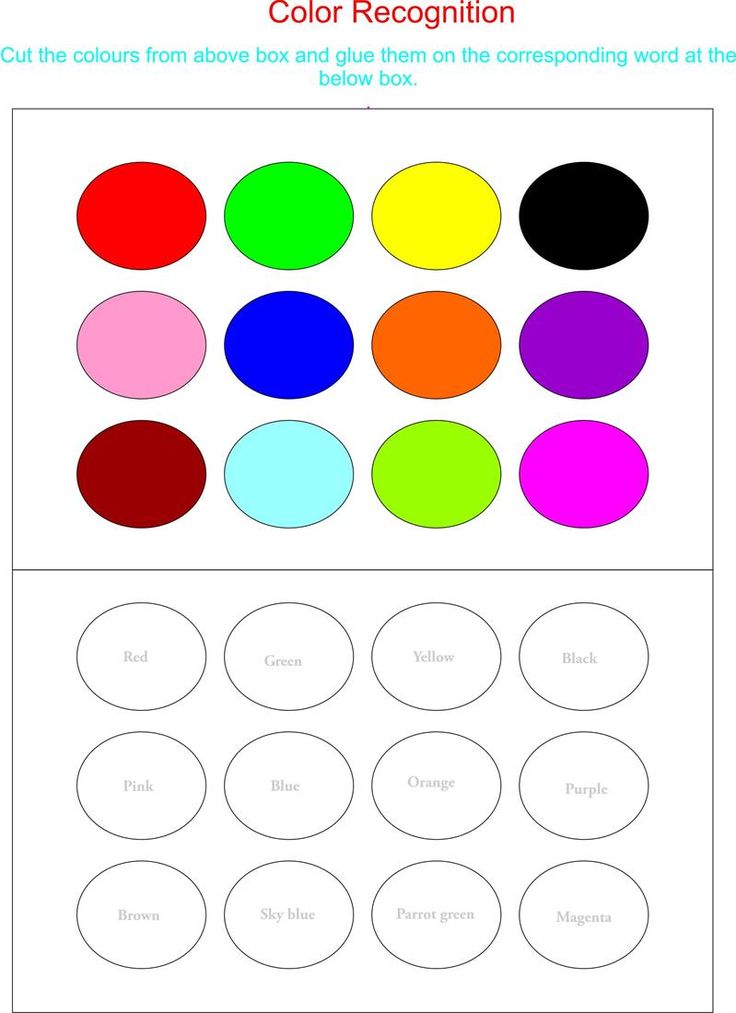 You can talk about the different hues on the pages of any picture book.
You can talk about the different hues on the pages of any picture book.
5) Create A Color Mixing Sensory Activity
When your child uses their senses while they’re learning, they create stronger neural connections, and this helps them better remember the information.
This activity also gives your child a chance to explore colors creatively. It allows them to experiment and see what happens when combining two colors.
What You’ll Need:
- Icing or shaving cream
- Food coloring
- Two small bows
- Toothpick or spatula
- Large zip-top bag and tape, or cookie sheet (The cookie sheet option is more tactile. However, you can opt for the bag if you’re looking for low-mess.)
What To Do:
Start by filling your zip-top bag with icing or shaving cream. Next, choose two colors of food coloring and add each color into the bag. Tape it down to a working surface. Your child will then need to mix the colors with their little fingers.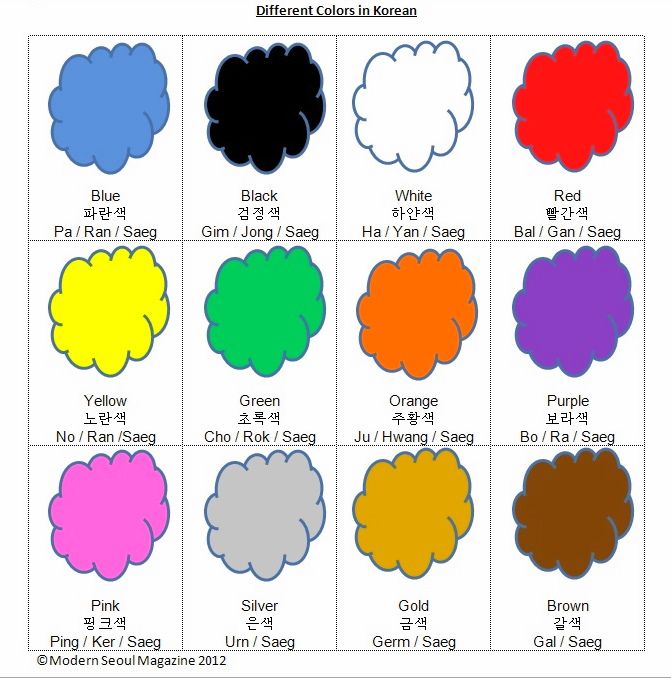
Grab the two small bowls and put icing or shaving cream into them. Add one to three drops of color into the bowl and fold the color into the icing or cream.
You can then scoop the colored icing or cream into the bag or onto the cookie sheet and let your child mix the colors.
This is a fun activity to help children learn that colors are not necessarily stagnant, and mixing them will help produce a different color.
See more details here!
6) Sing Color Songs
Kids love to sing along to fun songs. You can take advantage of this natural love for singing to help your child learn about colors. And the best part is that these silly songs are usually pretty catchy, so your child will likely sing them long after the activity ends.
What You’ll Need:
- A way to play a song for your child to listen to (such as your phone or a computer)
What To Do:
Play a song for your child and start singing the lyrics. Then, repeat it a couple of times to help them learn how it goes.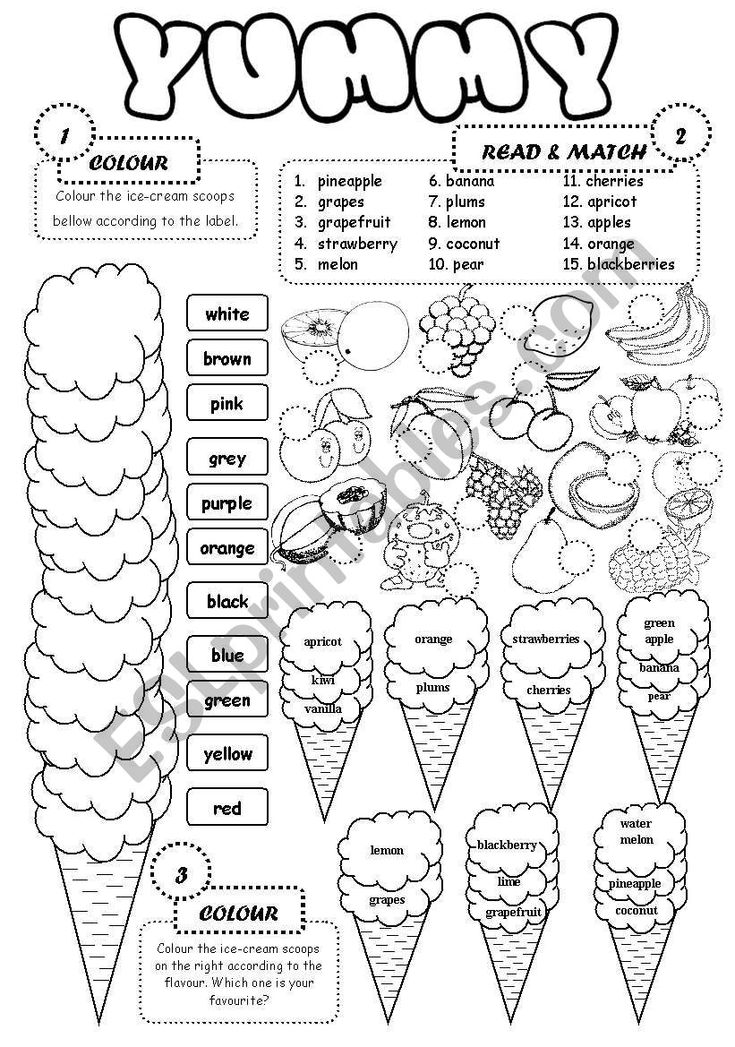
Once they know the words, you can sing the song anywhere to review colors for kids on the go.
Not sure where to start? Check out our fun activity here that helps teach children pantone colors.
You can also sing some of our favorite songs:
- “It’s Not Easy Being Green” by Kermit the Frog
- “The Color Song” by Bryant Oden
- “Colors of Our Clothes” by David Burba and Lisa Campbell
- “Colors All Around” by Jack Hartmann
- “Jenny Jenkins” by Lisa Loeb
- PANTONE Colors: The Song
You can find these songs on YouTube, or search our Learn & Grow app. Happy singing!
7) I Spy Colors For Kids
This classic game is perfect for teaching colors to kids. Since it doesn’t require any materials, you can play it anywhere.
What You’ll Need:
- Nothing!
What To Do:
Look around you at all the different colors. Then, secretly pick out one object that only has one main color. Tell your child, “I spy something (insert color here).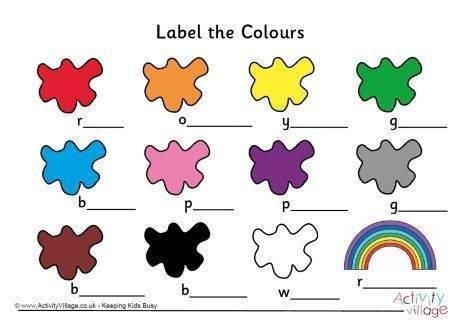 ”
”
For example, you might say, “I spy something blue,” if you’re looking at a blue shirt. If your child correctly guesses the object, then it’s their turn to pick the next thing and give a clue about its color.
8) Tell A Colorful Story
Encourage your child to use the magnets from the HOMER Explore Letters Kit creatively. Have them use the pieces to tell a story and remind them to add some color words to their telling.
What You’ll Need:
- Explore Letters Kit from HOMER
What To Do:
Set up the magnetic story box so it’s ready to go. Go through the magnets and pick out a few that you could use to tell a fun story.
Using the pieces and the magnet backdrop, tell your child a story. As you speak, remember to weave some color words into the tale. For instance, you might say, “The bright pink flamingo decided he wanted to play ball with the brown monkey.”
You’re modeling the activity for your child as you tell a story. When you finish, let them tell a story of their own. You might notice they simply copy your story at first, and that’s okay.
You might notice they simply copy your story at first, and that’s okay.
Keep playing, and it won’t take long before your child can tell a story all their own.
9) Make A Picture
This activity is perfect for a rainy day. It’s a fun way for creative kids to practice making something with colorful paper strips.
What You’ll Need:
- Construction paper in all sorts of colors
- Scissors
- Glue or tape
- A white sheet of paper
What To Do:
If your child knows scissor safety skills, have them cut the construction paper into strips of different colors. (Otherwise, you cut them.) The strips can all be the same width, or you can mix them up.
Once you have a nice pile of colorful strips, invite your child to glue or tape them onto the white sheet of paper to create a design of their choice. When they are done, talk to them about their colorful picture and have them tell you all about what they created.
Mix things up the next time you do this activity by using circles, squares, or various shapes at once instead of strips.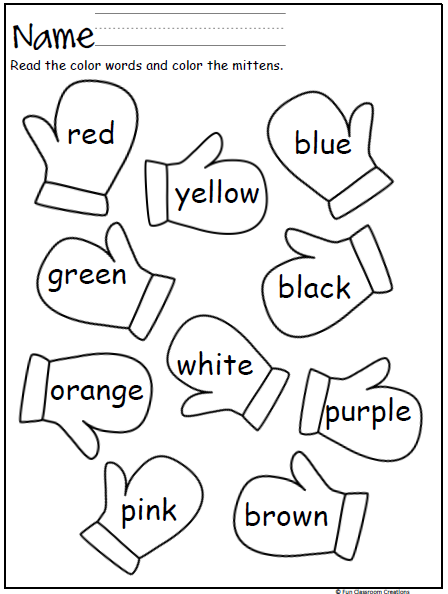
10) Design A Color Scavenger Hunt
This activity is perfect for kids who love to move around. It’s also a great way to review all the different colors they’ve learned.
What You’ll Need:
- A sheet of blank paper
- Colored pencils or crayons
- A pencil or pen
- A basket or bag
What To Do:
Create a scavenger hunt for your child by drawing boxes on a blank sheet of paper with colored pencils or crayons. Fill in each box with the color it represents to make it easy for your child to identify it.
Quickly review the colors with your child. Point to each box on the sheet and have them tell you the color.
Then, challenge them to find an object around the house for each color. Once they find something, have them put it into the basket or bag. Next, show them how to use the pencil or pen to put an X or a check through the color box they found.
Have them continue searching for items until they have a basket or bag full of colorful objects. Take time to have them tell you the color of each thing they found.
Take time to have them tell you the color of each thing they found.
Make Every Day A Colorful Day
Colors are all around us, and your child has most likely already noticed these different hues without tagging them with color names. However, colors for kids are an important part of childhood development and math prep.
This is where you come in. Armed with the activities above, you can help make learning about colors fun and exciting.
When teaching colors for kids, remember to start with the primary hues and then gradually introduce more. With patience, your young learner will soon recognize all the colors of the rainbow — and so many more!
For more fun learning activities, check out the Learn & Grow app, powered by HOMER.
Author
color - Kids | Britannica Kids
Introduction
Without light, there is no color. When people see colors, they are really seeing different types of light bouncing off objects.
Color and Light
Light travels in waves.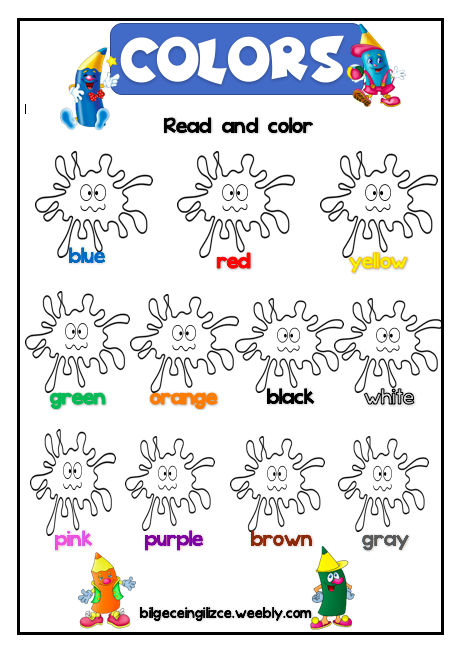 Scientists use an idea called wavelength to describe these waves. Some light waves have long wavelengths, while others have short wavelengths. Light of different wavelengths appears as different colors. For example, red light has a long wavelength, and violet light has a short wavelength. Normally all the wavelengths, or colors, travel together as white light.
Scientists use an idea called wavelength to describe these waves. Some light waves have long wavelengths, while others have short wavelengths. Light of different wavelengths appears as different colors. For example, red light has a long wavelength, and violet light has a short wavelength. Normally all the wavelengths, or colors, travel together as white light.
When white light passes through a special piece of glass called a prism, the light bends. Shorter wavelengths (violet, blue, and green) bend more than longer wavelengths (yellow, orange, and red). This bending causes the white light to separate into the colors of the rainbow.
White light also separates into different colors when it strikes objects. For example, when white light strikes a ripe tomato, mostly red wavelengths reflect, or bounce, off the tomato. The tomato absorbs, or takes in, all the other colors. This causes the tomato to look red.
Mixing Colors
Three colors of light—red, blue, and green—can combine to make any other color. For example, if a beam of green light shines over a beam of red light, yellow light appears. Red, blue, and green are called primary colors of light. Mixtures of the primary colors of light produce all the other colors.
For example, if a beam of green light shines over a beam of red light, yellow light appears. Red, blue, and green are called primary colors of light. Mixtures of the primary colors of light produce all the other colors.
To make colors appear in printed books, people use inks. Inks, paints, dyes, and crayons get their color from pigments, or substances that reflect certain colors of light. The three primary colors of pigments are magenta (a purplish red), yellow, and cyan (a blue-green). Different mixtures of these colors can make all other colors. For example, mixing cyan ink and yellow ink makes green ink.
Seeing Color
Cells in the eyes called cones make it possible for humans to see color. Different types of cones absorb different colors. Some people are color blind. This does not necessarily mean that they cannot see any color at all. More commonly, people with color blindness think certain colors, such as red and green, look the same.
Scientists believe that apes and monkeys can see color as humans do.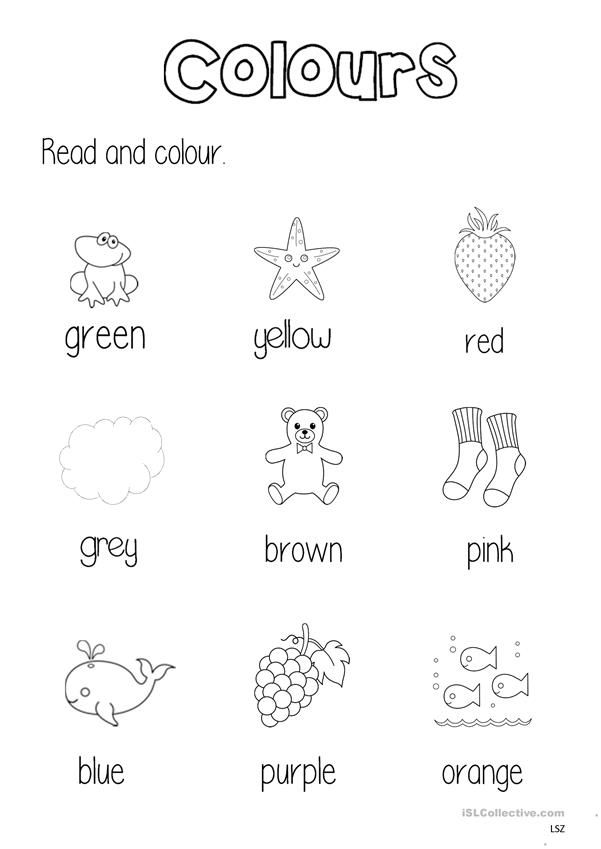 Some other mammals, such as cats, may be color blind. Birds and fish seem to recognize different colors. Scientists think that bees can see ultraviolet colors (colors with a shorter wavelength than violet), which humans cannot see.
Some other mammals, such as cats, may be color blind. Birds and fish seem to recognize different colors. Scientists think that bees can see ultraviolet colors (colors with a shorter wavelength than violet), which humans cannot see.
Colors can tell animals important things about their surroundings. A colorful flower may attract certain insects. Those insects can get food from the flowers. They can also help the flower spread its pollen to create new flowers. Color can tell humans that fruits such as oranges are ripe and ready to eat. A colorful bird can attract a mate. Color can also help certain plants and animals survive. For example, some animals have colors or markings that are similar to the habitat in which they live. This helps them hide from other animals that may want to attack them.
Learning colors: how to teach a child to distinguish colors and shades
It is generally accepted that by the age of three a child should learn to distinguish between primary colors.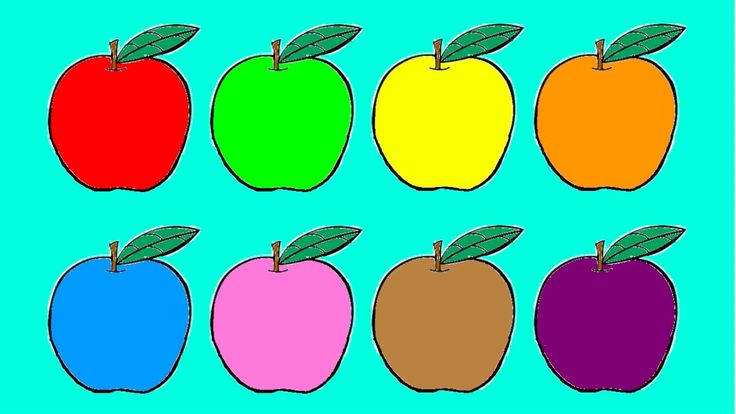 This skill is an important part of sensory development, it gives the child the opportunity to see the world in a new way. Often, if the baby does not know or confuse colors, parents have concerns about the pace of development of the child. Do I need to worry if the study of colors is not easy for a child? How to teach a child to distinguish colors? You will find answers to these questions in our article. nine0003
This skill is an important part of sensory development, it gives the child the opportunity to see the world in a new way. Often, if the baby does not know or confuse colors, parents have concerns about the pace of development of the child. Do I need to worry if the study of colors is not easy for a child? How to teach a child to distinguish colors? You will find answers to these questions in our article. nine0003
At what age does a child begin to see colors?
Studies have shown that children begin to perceive colors by 2-3 months. The first colors a child sees are yellow, orange, red, green. At this age, babies can already react differently to their toys of different colors (for example, a red rattle can please a child more than a blue one), look at bright pictures with enthusiasm. The baby's world quickly acquires colors, but if we talk about the ability to consciously find an object of the right color, then usually it appears in children at the age of one and a half. It is at this age that it is optimal to start learning colors in a playful way.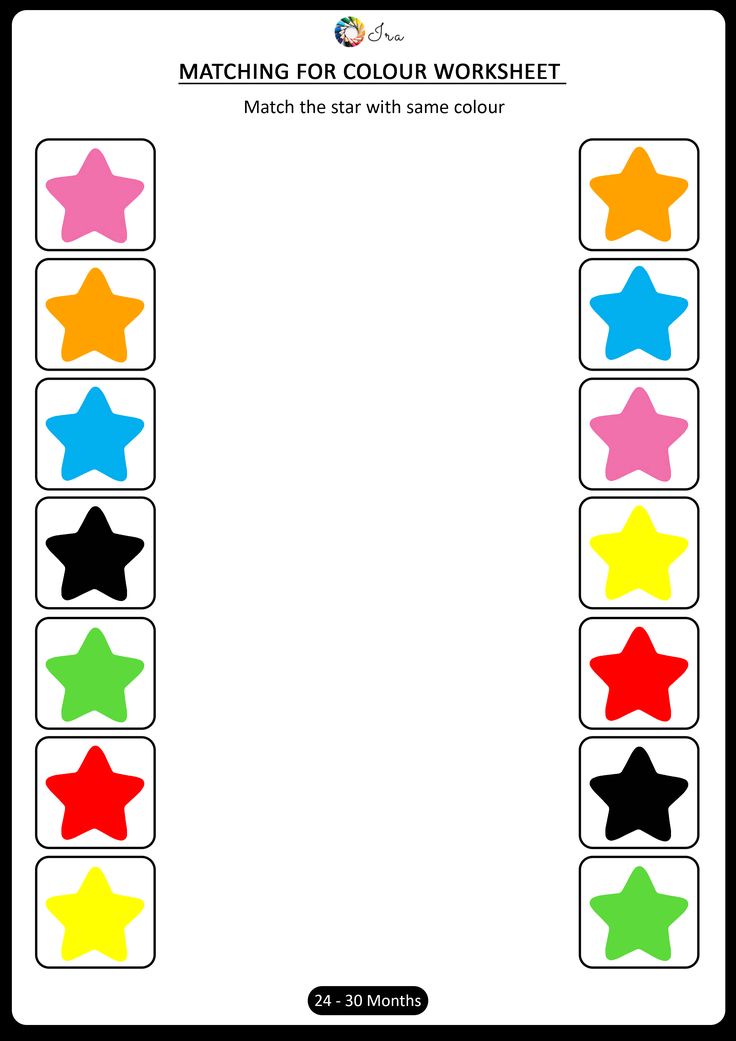 You can voice the names of flowers to a child for up to a year, this will only benefit him. But do not demand too much from the baby, remember that his brain is actively developing, and as soon as the time comes, you will certainly see the results. nine0003
You can voice the names of flowers to a child for up to a year, this will only benefit him. But do not demand too much from the baby, remember that his brain is actively developing, and as soon as the time comes, you will certainly see the results. nine0003
To see if your child is ready to learn colors by playing with building blocks, ask your child to point to a part that is the same color as yours. If the baby can find objects of the same color, then he is quite ready to memorize the names of colors.
Learning colors in everyday life
Children get most of their knowledge about the world in everyday life: communicating with adults and peers, observing nature, playing. The study of flowers is no exception. Sometimes a child does not need to do special exercises to learn to recognize colors. For this, it is enough that he hears the name of the color and associates it with a specific thing. During daily activities, voice for the child what color the objects are around.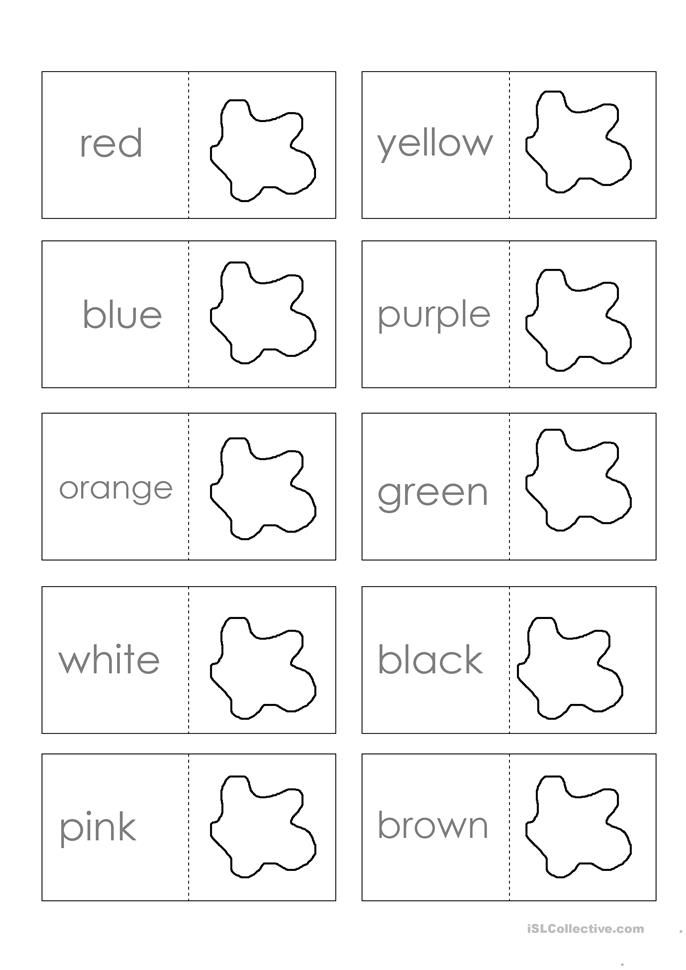 Whether you are drawing, playing with blocks, looking at cars in the yard, reading, swimming, eating, dressing - in each of these situations, you can gently teach your child to distinguish colors. nine0003
Whether you are drawing, playing with blocks, looking at cars in the yard, reading, swimming, eating, dressing - in each of these situations, you can gently teach your child to distinguish colors. nine0003
It is important that the study of colors does not turn into torture. You should not constantly test the child's knowledge by asking him which color is which. Soon the baby may just start to ignore you. “Let's paint the sun yellow!”, “What a delicious green cucumber!”, “Oh, where did the blue cube go? Here it is!" are examples of how you can gently help your child remember colors.
Games for learning colors and their shades
In order to get your baby interested in learning colors or to reinforce the knowledge they already have, you can offer your child to play special “color” games. nine0003
Color Sorting
Sorting games are designed to help children learn to group objects by color.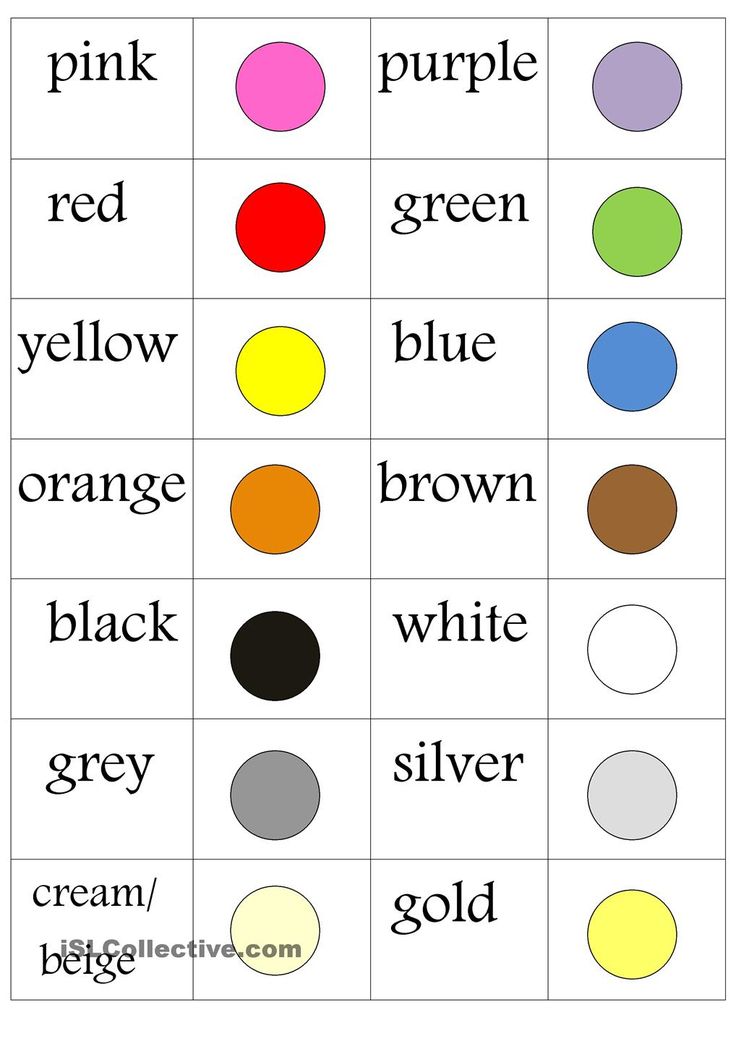 Any materials at hand can be items for sorting: toys, covers, designer parts, cubes, buttons, cereals, pencils, etc. You can organize the game in various ways:
Any materials at hand can be items for sorting: toys, covers, designer parts, cubes, buttons, cereals, pencils, etc. You can organize the game in various ways:
You can come up with as many options for sorting by color, it all depends on your imagination. So that the child does not lose interest in the task, connect the plot of the game with his favorite characters, toys (for example, a cat will eat from a yellow bowl, and a baby elephant from a red one, etc.). nine0003
Match a Pair
Help your child learn colors with the Match a Pair series. Ask your child to find a petal for a bug, a pot for a flower, a roof for a house, etc. You can present the baby with a deliberately wrong option and ask to correct the mistakes.
Pick up a patch
Show the child the picture with the missing details. Ask him to fill in the gaps (this can be done with plasticine, pom-poms, caps, cards, etc.). nine0003
Color Lotto
At the age of about one year, children begin to be interested in various lottos.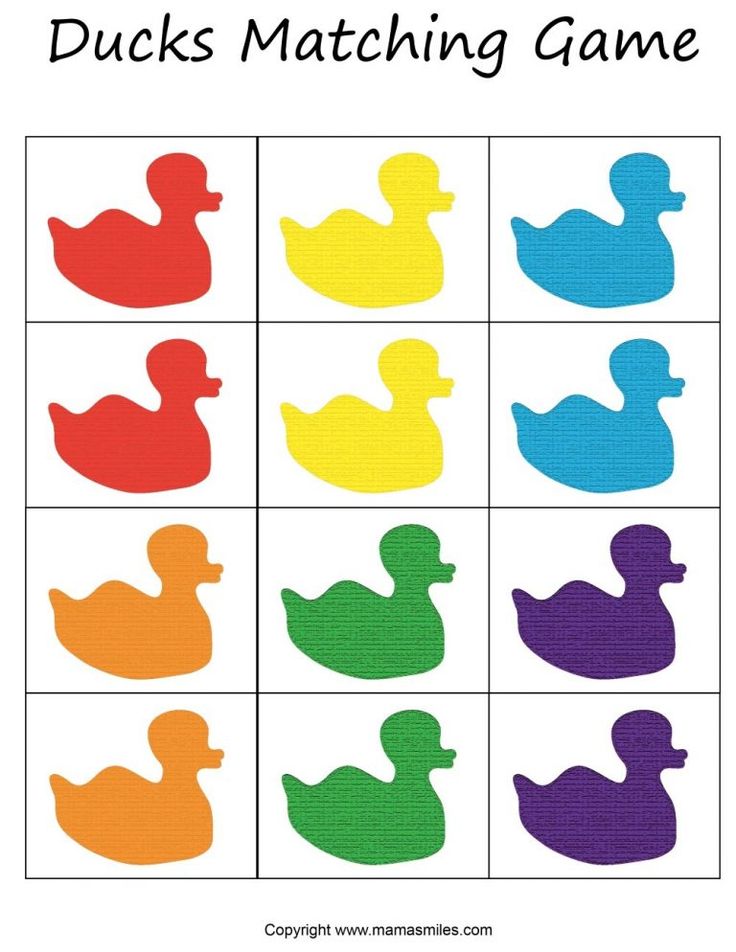 In the color lotto, the task is to collect pictures of the same color on the card.
In the color lotto, the task is to collect pictures of the same color on the card.
Colored Sensory Boxes
Create a sensory box for your baby where everything is the same color. During the game, the child will be able not only to remember the color that he sees, but also to develop fine motor skills, tactile sensitivity, thinking, and imagination. nine0003
Color days
This is one of the most interesting and popular ways to teach your child to distinguish colors. Its essence is that during the day (or several days) you draw the child's attention to objects of a certain color. For example, on a yellow day, you can dress in yellow clothes, play with yellow toys, draw a yellow chicken. Surrounded by one color, the baby will easily remember it.
Cards for learning colors
You can learn colors with your child using cards. With the help of Doman's "Colors" cards, you can introduce your baby not only to the main colors, but also to different shades.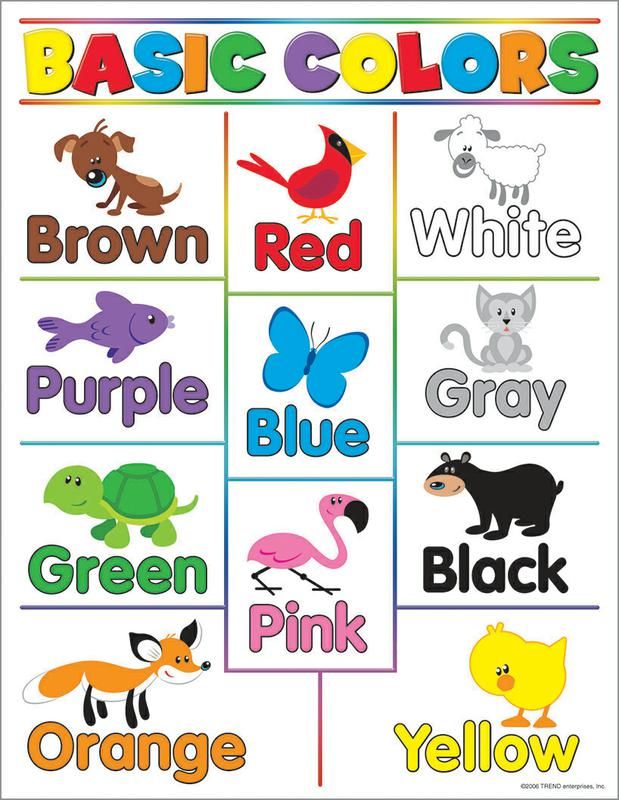 It is important not to overload the child with unnecessary information about the names of 10 shades of green or red. Learn only those shades whose names you can use in the game and life. nine0003
It is important not to overload the child with unnecessary information about the names of 10 shades of green or red. Learn only those shades whose names you can use in the game and life. nine0003
Board games for learning colors
Board games are a great way to learn about colors and consolidate knowledge about them. Currently, the stores offer a wide range of similar games for every taste and budget. Choose a game that suits your child.
Educational cartoons
There are many educational cartoons on the Internet that will help your child memorize colors quickly. Here is one of them:
Educational books
If your little one loves to listen to stories and look at pictures, this is the way for you. We all remember the wonderful story of V.G. Suteev "Rooster and paints", by S.Ya. Marshak has a whole “Colorful book”. You can also find many educational books that will become your faithful assistants.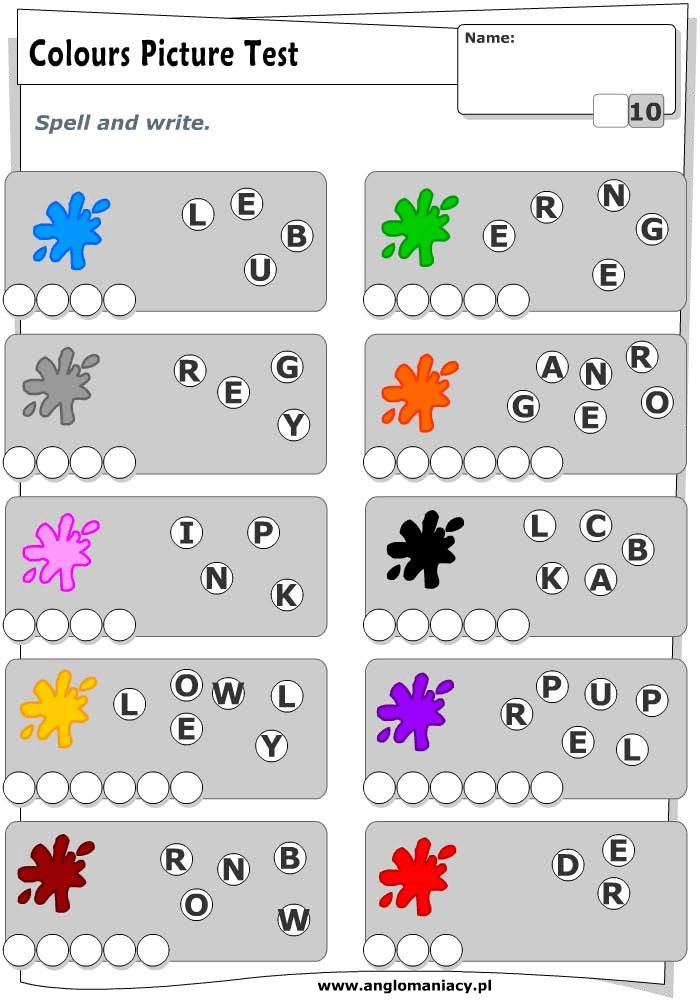
Conclusions
We have listed for you different color learning games. In order for a child to master the concept of color well, it is worth adhering to a number of principles: do not rush the baby, provide a variety of material for games, discuss what you see. nine0003
Conclusion
You can start studying colors from an early age, the main thing is that it is interesting for the child. It is impossible to specify clear age limits when a child should learn primary colors. This process, like all development, is individual for each baby. The Sozvezdie Development Center has created a Montessori environment for kids, aimed at the comprehensive development of the child. In the classes "Together with Mom" children in a playful way get acquainted with the concepts of color, shape and size, do thematic creative work. You can learn from our teachers how to interest a child in an activity and how to properly present him with cognitive information. Develop with us! nine0003
Prepared by a Montessori teacher
Sokolova Oksana
The influence of color on the psyche of children, the psychology of color in a child
Surely you have noticed that if a child likes a certain color, he chooses it in everything.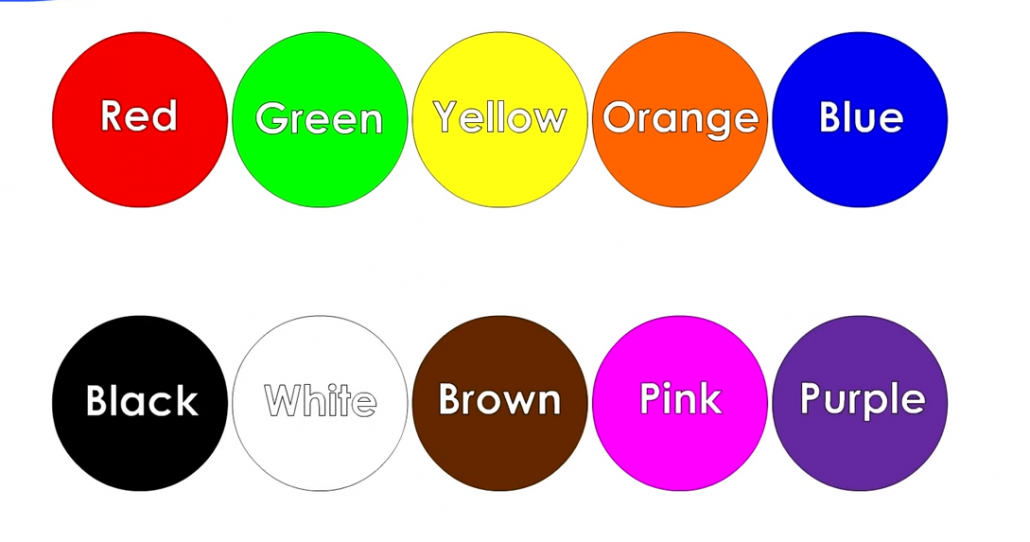 Clothes, toys, accessories, and even balloons or ice cream should be in your favorite color. And nothing can be done - such a period.
Clothes, toys, accessories, and even balloons or ice cream should be in your favorite color. And nothing can be done - such a period.
In fact, children are instinctively drawn to those colors that are most pleasing and useful to them at this stage of development. Scientists have proven that colors have the ability to have a powerful effect on the psyche. This is especially true for children, because the visual perception of the child helps him to know the world. Color can bypass the “barrier” from our consciousness and act on an unconscious level. This property is used in alternative medicine - color therapy. nine0003
How color affects the child's psyche
The action of color can calm or invigorate, cheer up and relieve tension. In addition, color can enhance brain activity, affect the intelligence and self-esteem of the baby. That is why it is worth taking seriously the choice of colors for a child's room or wardrobe. A well-chosen combination will stimulate the development of the child, create an atmosphere of harmony, and also contribute to the formation of good taste.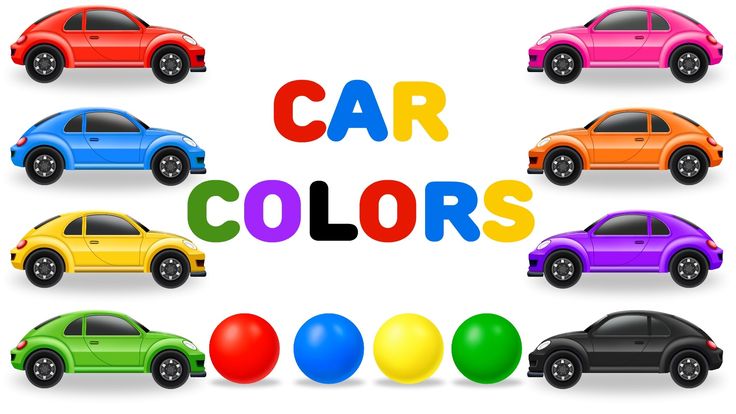 nine0003
nine0003
Each color has its own characteristics. What shades are most favorable for children? Let's figure it out.
WHITE
This color is considered neutral. By itself, it is not capable of evoking bright positive or negative emotions, but is a background for other shades. As a rule, children do not choose white as their favorite, but it is always present in clothes. An integral part of the wardrobe is stylish white T-shirts with inscriptions and drawings, classic shirts and blouses. nine0003
White is perfect for newborns, symbolizing tenderness and innocence.
As for the child's room, white is preferred for the ceiling and the top of the walls. Dark tones can cause a depressed state or even depression.
BLUE
Until recently, it was considered an exclusively male color. And to this day, passers-by, seeing a baby in blue, confidently say: “What a cute boy!”. Fortunately, modern manufacturers of children's clothing and interior items are moving away from stereotypes, successfully using different colors in collections for boys and girls.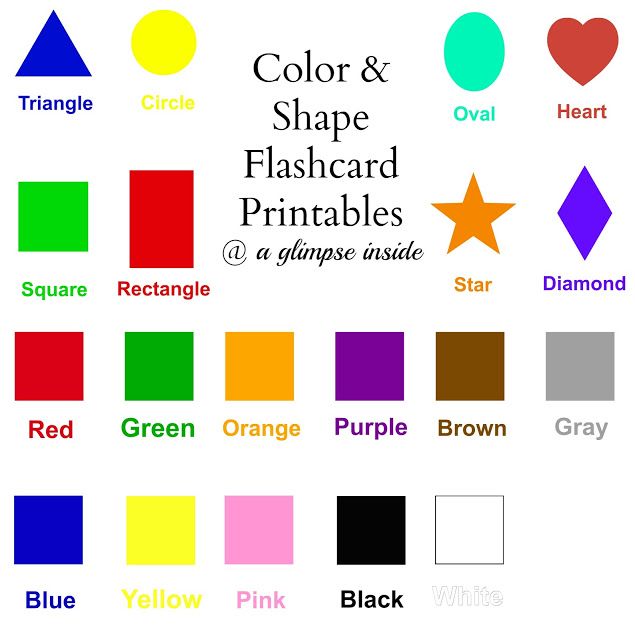 nine0003
nine0003
Blue and all shades of blue are associated with the sea, the sky - something boundless, strong and peaceful. Contemplation of the blue color calms, reduces pressure and temperature, dulls pain. In addition, it is good for the eyes and has an awakening effect in the morning due to its "coolness". This color is considered a shade of courage and strength, well suited for decorating children's rooms.
GREEN
The variety of its shades is striking and pleasing to the eye: emerald, light green, olive and khaki. The color of nature and life itself. Associated with growth, development and prosperity. nine0003
The psychology of the green color is as follows: it helps to relax, calm down, arouse interest in understanding the world, pacifies nerves and blood pressure. If your child is already calm and balanced, then do not be zealous with green. Perhaps you should consider more "disturbing" shades.
PINK
Of course, we cannot ignore the favorite color of little princesses.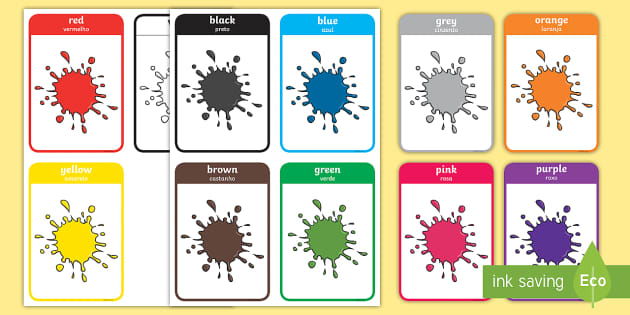 If you have a daughter, you probably remember how, with her birth, pink objects slowly but surely began to fill the house. At first it was the first blanket and ribbon on the envelope for discharge from the hospital. Then bodysuits and sliders, rattles and bottles began to appear. Later - pink dresses, hair clips, bracelets and handbags. nine0003
If you have a daughter, you probably remember how, with her birth, pink objects slowly but surely began to fill the house. At first it was the first blanket and ribbon on the envelope for discharge from the hospital. Then bodysuits and sliders, rattles and bottles began to appear. Later - pink dresses, hair clips, bracelets and handbags. nine0003
When the baby moved to a separate room, she demanded pink wallpaper, a crib and a chest of drawers. No other options, of course, were considered. A similar period happens in the life of almost every girl. In part, we impose this stereotype ourselves. After all, everyone knows that boys are blue, and girls are pink.
Someone is afraid of pink madness, but excitement is unnecessary here. Firstly, the color itself has a beneficial effect on the emotional state of children. It calms, improves mood, encourages creativity. Secondly, there are many shades of pink: from cold and restrained to bright fuchsia. Dilute pink with neutral gray for a noble combination that is great for a child's room.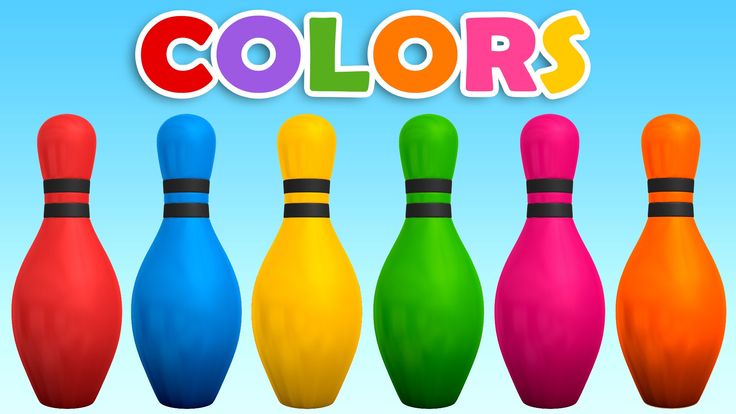 And finally, love for this color, as a rule, passes with age. nine0003
And finally, love for this color, as a rule, passes with age. nine0003
RED
Perhaps the most exciting color. It burns like a flame or the sun at sunset, attracts attention and arouses interest. Red is able to cheer up even the most calm children. The color of leadership and energy. This color causes activity, mobility, appetite and interest in learning.
It has to be used carefully. Small bright accents in the interior or wardrobe are acceptable and even welcome. But prolonged contemplation of red can lead to excessive excitability, sleep disturbance and aggression. nine0003
YELLOW
No less bright than red, but at the same time it has a completely different effect on the human psyche. Yellow is associated with sunlight, fluffy chicken, fragrant lemon and a warm autumn day. It soothes, warms and uplifts the mood. This color is able to defeat depression and blues. It does not have an exciting effect, but gently stimulates.
Yellow items are great for children's interiors.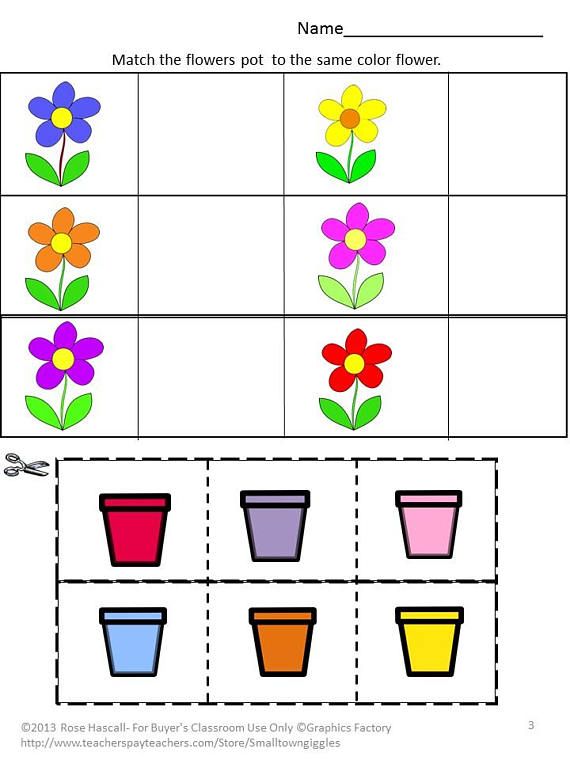 This shade improves brain activity, promotes learning and the development of intuition, and also gives joy. Yellow is almost perfect, but overly excitable people should be careful with it. nine0003
This shade improves brain activity, promotes learning and the development of intuition, and also gives joy. Yellow is almost perfect, but overly excitable people should be careful with it. nine0003
ORANGE
Another juicy color that gives mood. It has the freshness of orange juice, the brightness of summer flowers and sunshine. Orange is the color of energy, expression, extraversion. He is impulsive and invigorating.
The action of the orange color stimulates the child's communication skills, knowledge of the world, as well as appetite. If the baby is shy and not very active, orange can help. Add brightness to the interior or wardrobe, and the effect will not keep you waiting. In addition, orange ensures the healthy functioning of all body systems, and also strengthens psycho-emotional stability. An indispensable color for children's environment. nine0003
PURPLE
Imagination draws lilac and lavender, delicate violets and shades of sunset. Deep and even intelligent color. It is a symbol of spiritual development and enlightenment.
It is a symbol of spiritual development and enlightenment.
The use of purple in the interior of the room has a beneficial effect on the psyche of the child. Gives a feeling of peace, enhances empathy and intuition. The strength of this color is in harmony. Purple is liked by both girls and boys, so feel free to make a choice in its favor. nine0003
TURQUOISE
This shade gives us the sea, a bright sky on a sunny day, jewelry with turquoise. Pleasant to the eye, refreshing, invigorating.
This color promotes creativity and self-expression, calms, but at the same time gently stimulates to action. The use of turquoise color is possible both in the wardrobe of boys and girls. Great for a child's room, uplifting and relaxing.
GRAY
At first glance, it may seem bleak and dull. We call gray a rainy day, clouds in the autumn sky or a bad mood. In fact, the effect of gray on a person is very beneficial. It instills confidence, reassures.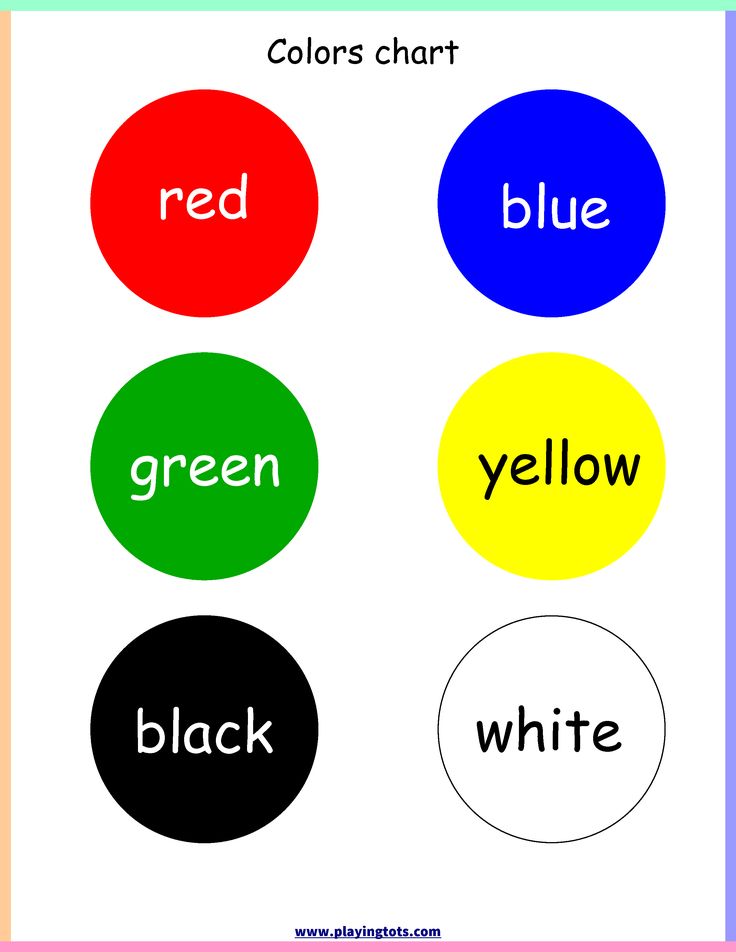 Gray perfectly dilutes brighter colors in the interior or wardrobe. nine0003
Gray perfectly dilutes brighter colors in the interior or wardrobe. nine0003
Does your daughter like lots of pink? Add discreet gray to it and get a noble combination. This color harmoniously looks with many rich shades, calming them. Do not be afraid of gray, but it is not advisable to overdo it.
HOW TO APPLY THE KNOWLEDGE OF COLORS
As you can see, having studied the psychology of color, you can carefully influence the psyche and mood of the child. Some shades soothe and relax, others invigorate and give strength. When choosing a color, be guided by the temperament and character of the children, and also take into account their biorhythms and condition at a particular point in time. nine0003
For example, in the morning we all lack vigor. Serve your little one breakfast on an orange plate and you'll energize them for the day ahead. But in the evening it is better to listen to fairy tales, wrapped in a soft green blanket.
For walks on a gloomy autumn day, wear boots and a raincoat in rich colors.